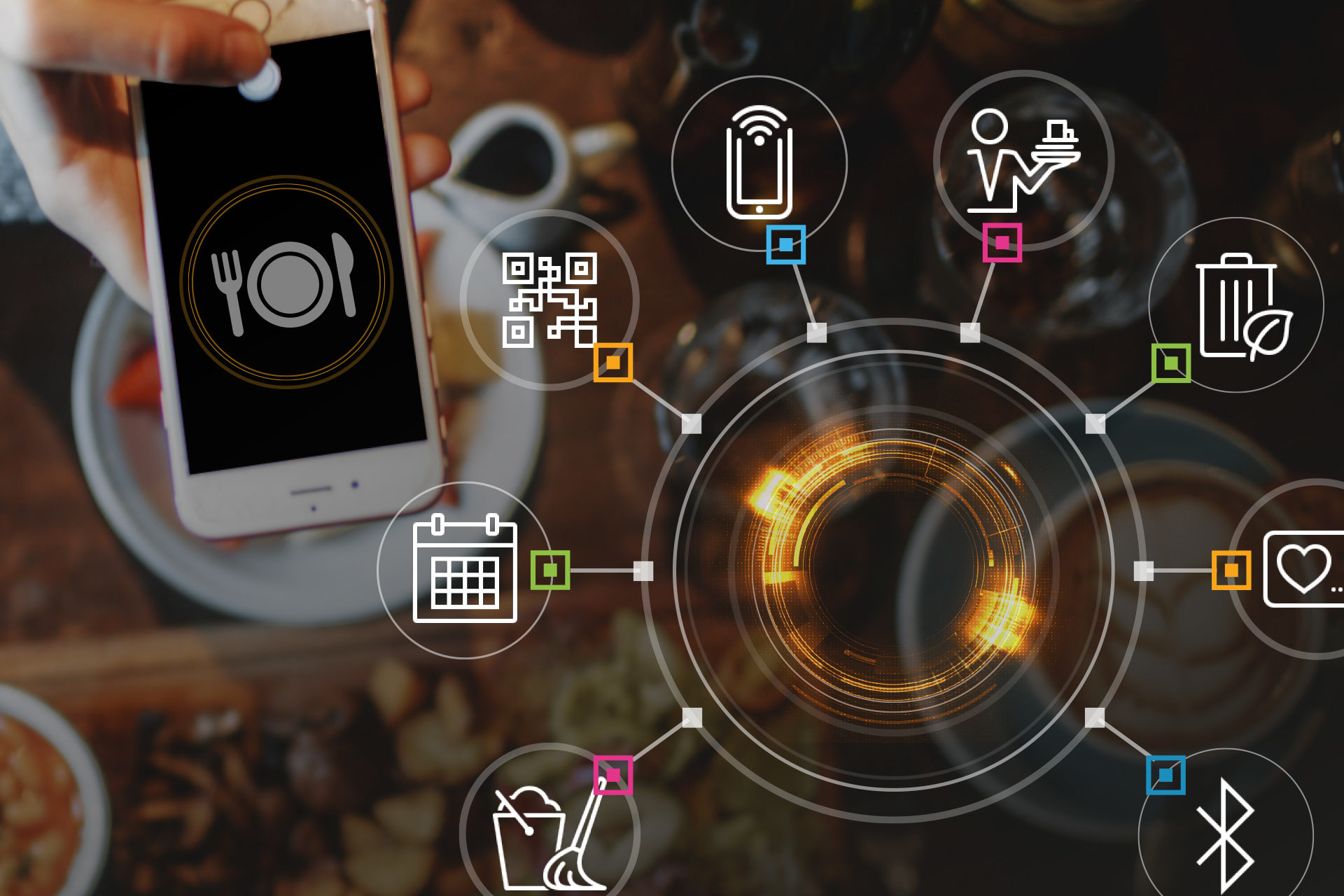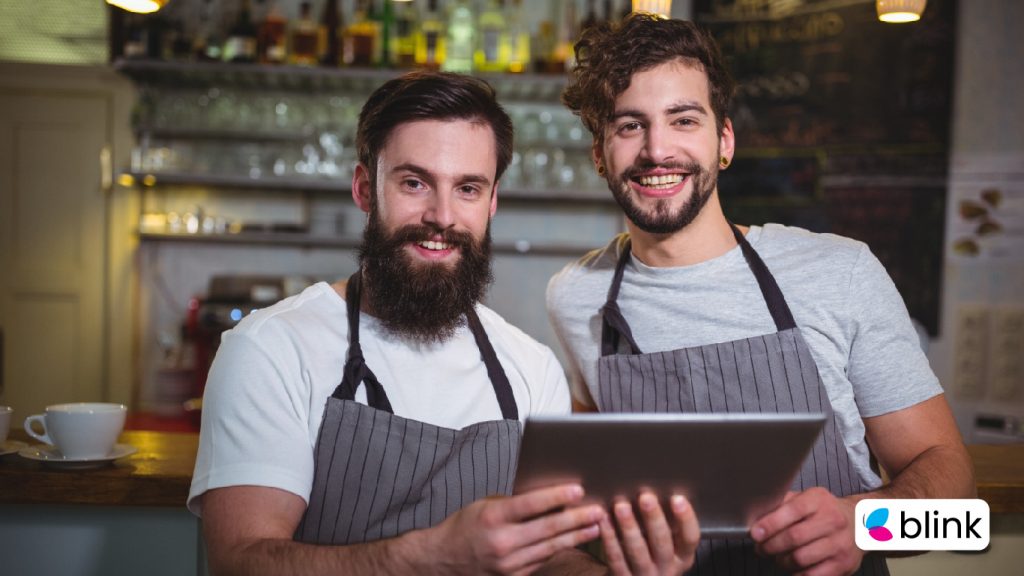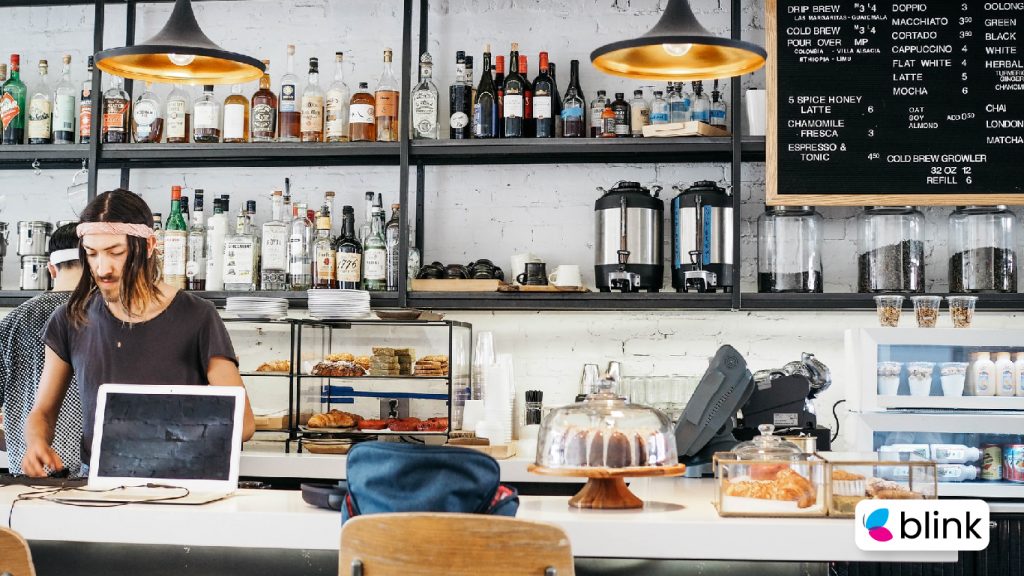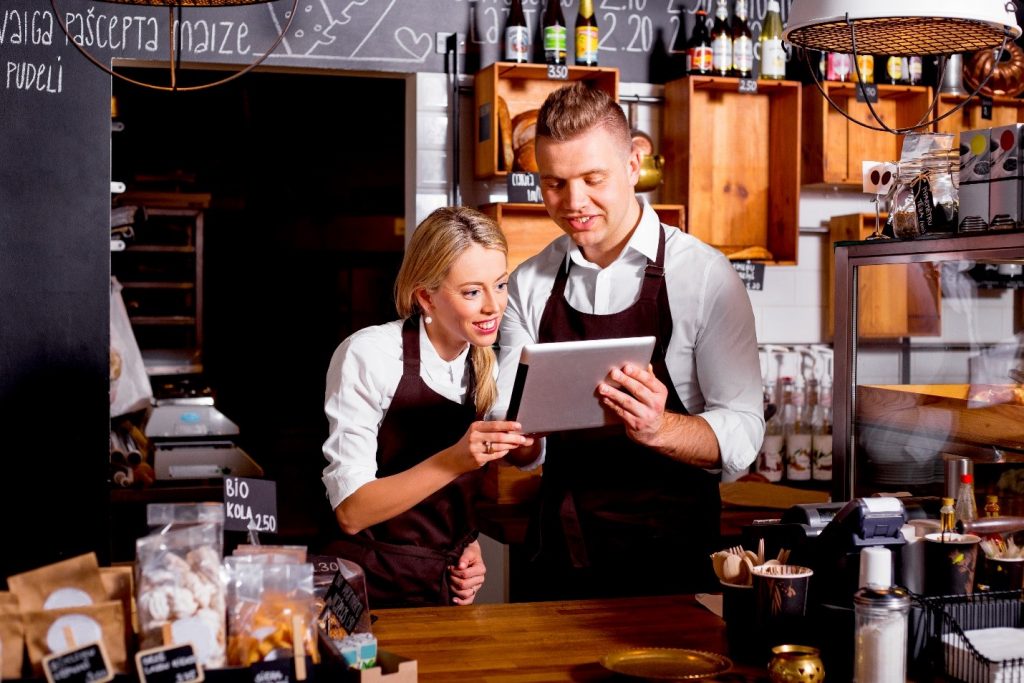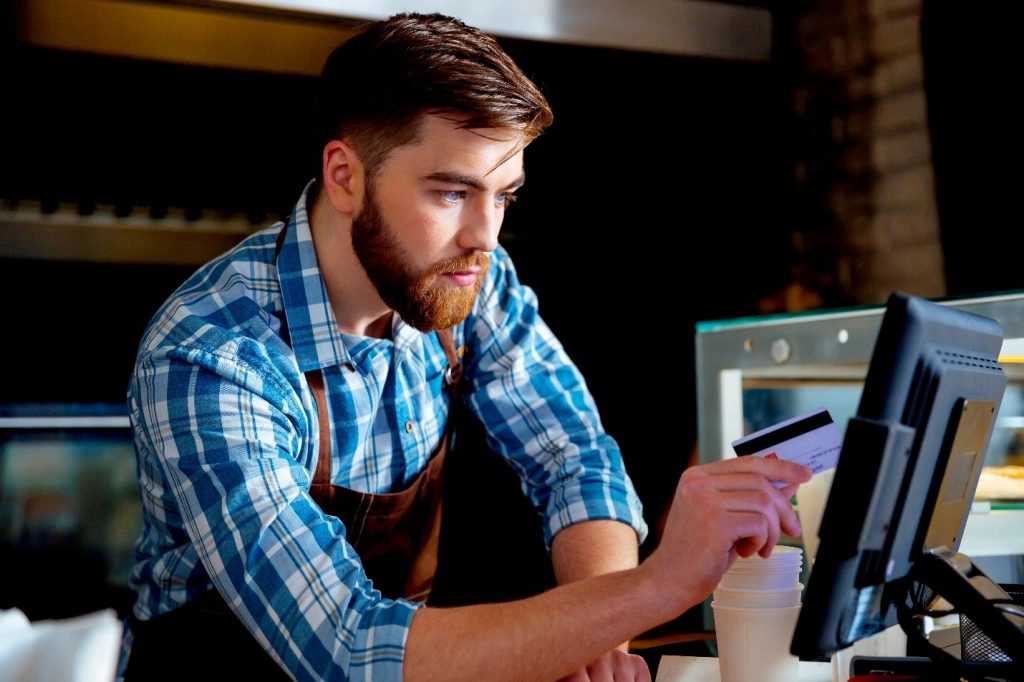Over the last 10 or so years, new technology for restaurants has reshaped the food ordering business for good. In short, the overall servicing process for customers, regardless of whether they place their food orders online or offline, the convention is synonymous with efficiency, delightful experience, and high standard results.
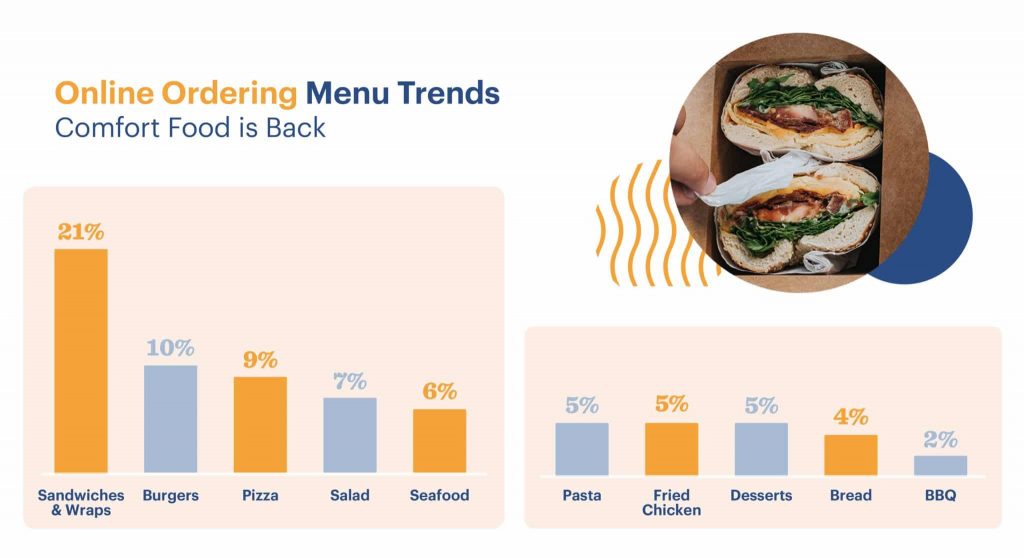
An Overview of Food Order Menu Preference Trends
Of course, we cannot deny the fact that online restaurant technology is slightly different than real-life restaurant technology because both hubs operate differently than one another.
In the aforementioned context, we’ll take an in-depth look at the ‘new technology for restaurants’ platform, and see how different trends have emerged to help the food and beverage businesses from all over the world right now.
The Understanding Of Kitchen Technology And Food Processing In The Restaurant Business Industry
The technology in the food and beverage industry is changing rapidly. In particular, new kitchen technology and food processing techniques allow restaurants to create previously impossible dishes. It is having a significant impact on how restaurants operate and is likely to reshape the food and beverage industry over the next decade.
One of the most essential changes technology brings to the food and beverage industry is a greater understanding of how food is processed. It leads to a more scientific approach to cooking, with chefs using technology to understand the chemical reactions better. This knowledge helps to create new flavor combinations and textures that would not have been possible.
In addition, technology in the food and beverage industry is also helping to streamline the food preparation process. Automated machines can prepare ingredients faster and more accurately than human hands, meaning that chefs can spend less prep work and more time creating new dishes.
Ultimately, the impact of technology on the food and beverage industry is likely to be profound. Restaurants that embrace new technology can create unique and innovative dishes that will wow their customers. Those who are not paying heed to this may struggle to keep up with the competition. Either way, it’s clear that technology will reshape the food and beverage industry in the future.
What is Kitchen Technology?
Kitchen technology refers to the technology used to prepare and cook food. It includes everything from appliances and cookware to food storage and preservation. Kitchen technology has brushed up a lot in recent years, with advances in materials and manufacturing making it possible to create more durable, efficient, and user-friendly products than ever before.
What is Food Processing?
Food processing is the technique of transforming raw ingredients into food or drink that is safe for human consumption. It can involve cleaning and chopping vegetables to fermenting beer or cheese. Food processing often makes use of technology to achieve its objectives. For example, modern food processors often use centrifuges to remove water from foods, while freezing and canning are standard methods of preserving food.
What Is The Impact of Technology on the Food and Beverage Industry?
The impact of technology on the food and beverage industry is profound. Technology has changed how we produce food, with advances in agricultural technology making it possible to grow more food in less time. It has also changed how we process and prepare food, with kitchen technology making it easier to create new and innovative dishes. In addition, technology has also had an impact on how we consume food, with the rise of delivery apps and online grocery stores making it easier than ever to get our hands on the foods we want. Ultimately, technology is reshaping the food and beverage industry in several significant ways. For restaurant businesses to thrive in the ever-growing competition in this industry, it has become imperative that they understand what these new developments are and make way towards adopting them.
New Technology for Restaurants to Reshape the World for Food Business Operators:
As the dust settles during a post-pandemic haze, businesses have begun to come back to their usual routine. However, the remote ordering frenzy harnessed a couple of new technologies for restaurants that were either there already, but their respective use was dormant – or many existing F&B nomads turning to online platforms to give their business an extra dose of profits.
Regardless, technology played a vital role in how businesses evolved in the middle of the fluctuating COVID-19 spread. For example, on one hand, the dine-in restrictions see-sawed alongside healthcare institute restrictions, but the transitional aspect of customer servicing was handled by fulfilling incoming demands through online food ordering portals.
That’s just one example of new technology for restaurants filling in the gaps that were momentarily left behind during the outbreak.
If we were to talk about other technologies for food businesses, regardless of whether it all happened before the COVID-19 phase, or after it, there’s plenty of stuff to talk about.
Having said that, there was a bit of reluctance observed among new food business owners, who thought that technology would create a sense of disconnect between the business and its relevant customers. In some aspects, it may have happened, but overall, the response from customers and business owners’ side has been nothing short of overwhelming.
On the subject of embracing new technology for restaurants, Carolyn Richmond, Fox Rothschild LLP’s Co-Chairman, recently said, “There is a hesitance to lose the human component in the food business servicing sector. However, any technology takes time to realize how someone can use it properly.”
Richmond continued, “I think that the times and the state of the industry are going to financially necessitate that fine dining restaurants also get better at implementing new technology for food businesses, and that will very well be in the dining room.”
Let’s take a look at some of the most recent examples of new technology for restaurants going into full swing to save the day.
1. Cloud Kitchens and Online Ordering Trend:
During the pandemic, the food business industry witnessed a huge spike in the online ordering trend.
Since people were restricted to the comfort of their own homes, they had to place their food orders online. This “need” created a trend for new restaurants to sign up for a partnership with food services aggregators who’d help the said name-brand to showcase its menu on a branded online food ordering mobile app.
We have already talked about online food orders and cloud kitchens becoming part of the new technology trend for that matter. As a matter of fact, you can read one of our stellar write-ups where cloud kitchens are highlighted as part of a new technology for restaurants to dominate the market in 2021 and beyond.
Moving on, statistically, we are looking at 60% of the people from the U.S. who normally place their orders through phone calls, takeaways, or pickups. Among that 60% of consumers, almost 31% of the customers place their orders through online food ordering apps only.
“Blink isn’t a go-to techstack for restaurants. Instead. it is built for food business brands to increase their ROI & profit.” – CEO – Blink Co.
31% is a whopping percentage – and that too for the U.S. food and beverage market only. For consumers coming in from R.O.W, this percentage accounts for millions of individuals who placed their food orders through a variety of online food ordering mobile apps.
This trend, in turn, escalated the need for founding cloud kitchens for headless, branded, and newly founded restaurants. Especially for hospitality businesses that don’t have a storefront or a proper seating arrangement, cloud and ghost kitchens are the perfect idea to engage customers without calling them in.
In both cases, the cloud kitchen trend is going to skyrocket. They are also a great investment opportunity for investors looking to place their bets on a low-risk venture.
2. Self Service POS Terminals and Kiosks:
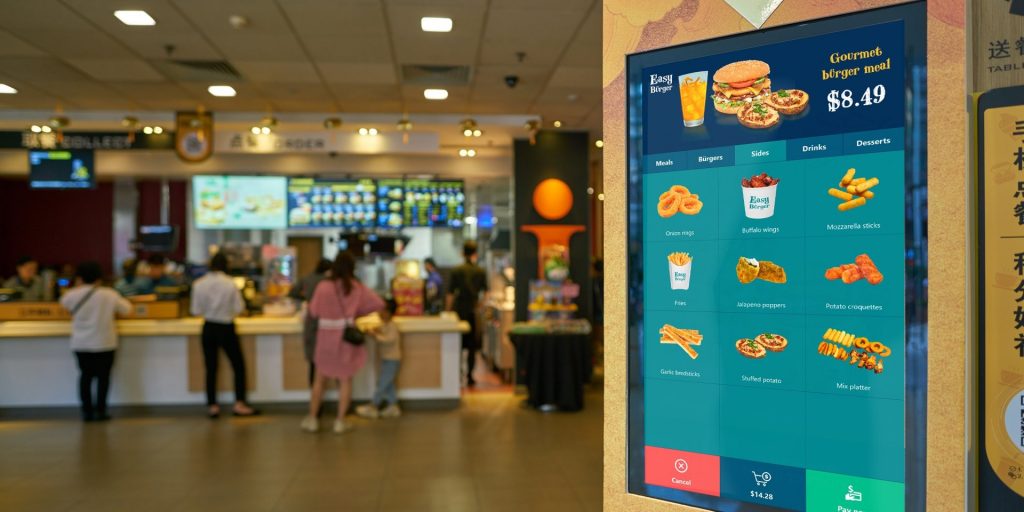
A lot of restaurants have deployed a self-serving checkout system through smart integration of POS software that works behind the screen.
Normally, this setup is deployed over a kiosk with a touch screen panel. Customers can add items to their cart and checkout through multiple payment options available in the form of:
- Payment via QR code scan
- Payment through Debit Card
- Payment through Credit Card
- Payment through online restaurant loyalty/ rewards points
Regardless of the mode of payment, or whatever technology is deployed at the restaurants’ end, one thing is evident – i.e. when it comes to self-servicing, customers spend more money.
The big reason behind this “overspending” factor is probably a sense of control/ empowerment that the customers feel when they walk in to order something. Other than that, when we look at it from a psychological point of view, everyone loves interactive displays with drool-worthy food items imagery.
When you’re ordering a pizza through a self-service terminal, the images are tantalizing enough to give you visual cues on how that pizza would look with an extra topping of exotic mushrooms and rare spices of your choice.
It is convenience blended with flexibility over a payment portal that works as a plus point for food business operators.
3. Automated Restaurants Affecting Staffing Needs:

The effects of automation are evidently dominant in various types of workforces. The common thing between restaurants and any other business serving customers through an automated platform is the reduced staffing requirements.
Under such conditions, restaurants don’t feel obligated to hire an extra pair of hands to serve their walk-in or online food order customers. For instance, self-service kiosk terminals eliminate the need for deploying a server/ waiter to the designated location because customers can order food on their own.
According to a McDonald’s spokesperson, “Automated restaurants offer an opportunity to convert back-of-the-house positions to customers instead of reserving that space for restaurant staff. That way, the food business operator can concentrate on engaging guests for a delightful customer experience, since most of the operational requirements are met via automated solutions.”
4. Restaurant POS Systems to Reduce Cost of Business:
Given that you, as a restaurant business owner, have signed up with a food aggregator that not only has a POS system available, but also a bundle of flexible payment options, the overall cost of doing business can be reduced.
For real-life restaurants, modern-day POS systems don’t require lots of legacy hardware to set up. There are fewer wires, minimum frustration and the cost of hardware + software installation is not that much. Top it off with free software upgrades to the POS system, you are looking at a long-term win-win situation, where most of the expenses can be diverted to the food business’s scalability.
The most important part of this entire scenario is, of course, the food aggregator whom you sign up with. Some food service merchants not only charge a hefty fee for POS system integration, but they also have a contract policy to charge you a flat commission percentage on each individual online food order.
UberEats, GrubHub, and many other vendors are notorious for charging up to 35% in the commission fee. It’s a nightmare for small business operators because they are oblivious to the fee structure. At the end of the day, beware of who you partner up with.
On a side note, Blink Co. technologies unify the restaurant ordering process through multiple channels.
Instead of charging service costs through predefined percentages, Blink Co. believes in helping businesses to scale. It’s a win-win situation for the restaurant and any food aggregator when both sides are happy and entrust each other with doing long-term business instead of bickering overpayment percentages and tight schedules.
5. Restaurant Reservation Tools:
As part of the new technology for restaurants’ movement, reservation software solutions are becoming the next big thing these days.
For customers, the simplest benefit of using a reservation system is a fuss-free booking that doesn’t require repeated phone calls, follow-up reminders, and confirmation messages from the restaurant.
Meanwhile, restaurant business owners can track and manage each reservation through an online dashboard where no-shows, payment pending cases, and other scenarios can be easily monitored against each online reservation.
Given that reservation software is tied to an email/ SMS system, no-show spots can be filled in by sending notifications to those customers who didn’t get a reservation on the first contact. It makes it easier for restaurants to offer a more hospitable experience to people who never had the luxury of dining before.
How to Integrate New Technology for Restaurants In Your Business Model?
If you are a food business startup owner who doesn’t have a clue on how software technologies work, cost quota, and vice versa, feel free to explore our Blink for Restaurants page. Our service can enhance your customer experience, increase your ROI and fulfill your restaurant requirements in a way that works best for your business.
We look forward to hearing from you soon!
